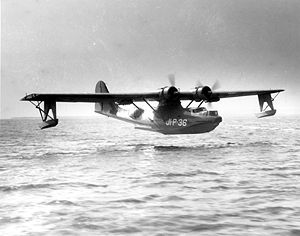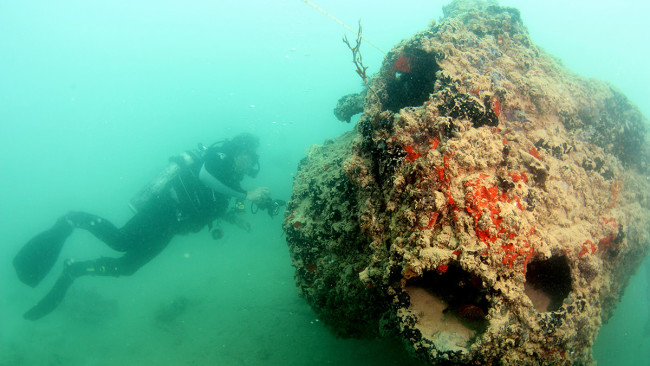A day that will live on in infamy has somehow found a way to reveal yet another lost artifact from the past. As the 74th anniversary of the attack of Hawaii’s Pearl Harbor approaches new photos have surfaced showing a US Navy seaplane that was lost during the battle. Archaeologists from NOAA and the University of Hawaii released the images only a few hours ago and said the plane was sunk in the opening minutes of the attack.
 NOAA and the University of Hawaii uncovered information that before the attack on Pearl Harbor, aircrafts that were part of the Japanese Imperial Navy bombed the nearby U.S. Naval Air Station on the eastern coast of Oahu. About 27 Catalina PBY, also known as “flying boats” were destroyed and sunk.
NOAA and the University of Hawaii uncovered information that before the attack on Pearl Harbor, aircrafts that were part of the Japanese Imperial Navy bombed the nearby U.S. Naval Air Station on the eastern coast of Oahu. About 27 Catalina PBY, also known as “flying boats” were destroyed and sunk.
This past June students from the University of Hawaii dove into the waters of Kāne‛ohe Bay to photograph the wreckage. The students were a part of the Marine Option Program and conducted a full archaeological survey of the Bay’s floor. Hans Van Tilburg is a longtime maritime archaeologist with the NOAA’s Office of National Marine Sanctuaries, and was responsible for the efforts to photograph the planes.
Van Tilburg said the plane is protected by the Sunken Military Craft Act of 2004 which allows the plane, currently resting in three large pieces 30 feet below the surface, to remain in its place. Van Tilburg went on to say, “The new images and site plan help tell the story of a largely forgotten casualty of the attack,” Van Tilburg said, in the press release. “The sunken PBY plane is a very important reminder of the ‘Day of Infamy,’ just like the USS Arizona and USS Utah. They are all direct casualties of December 7.”
June Cleghorn, senior archaeologist at Marine Corps Base Hawaii was also quoted on the new photos and the plane wreckage, “This sunken flying boat is a window into the events of the attack, a moment in time that reshaped the Pacific region. Understanding this site sheds light on the mystery of the lost PBYs and honors the legacy of the Navy and Marine Corps Base in Hawaii.”
